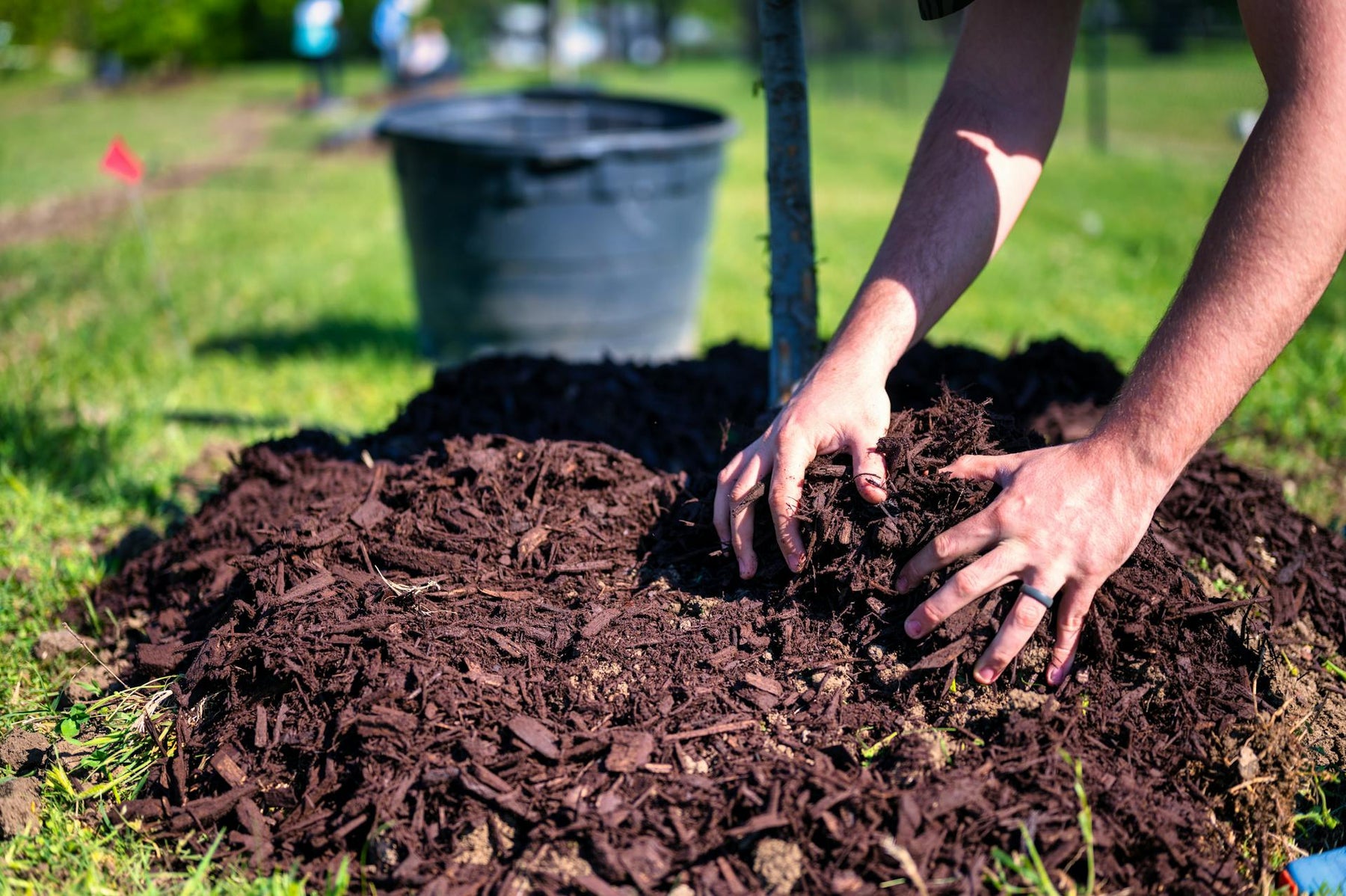
Top Landscape Materials for a Drought-Tolerant Yard in Utah
Creating an outdoor oasis in Utah's unique desert climate can be a challenge. Utah demands innovative approaches to yard design that not only thrive within its environmental constraints but also reduce water consumption. Drought-tolerant landscaping, often referred to as xeriscaping, is the answer that not only offers respite from the challenges of aridness but also presents a beautiful, sustainable solution for your living space.
Understanding Drought-Tolerant Landscaping
Before we dig into some of the best landscape materials, it's crucial to understand the principles of drought-tolerant landscaping. Essentially, it's an approach to design and maintenance that conserves water and helps protect the environment. By favoring plants that require minimal water and utilizing efficient irrigation systems, this method stands in stark contrast to traditional green lawns that can be both water and time-intensive to maintain.
In Utah, where water is a precious commodity, adopting a xeriscaping mindset can yield significant conservation benefits. It’s not just about aesthetics; it's about implementing a strategy that supports the local ecology and minimizes your environmental footprint.
Principles and Difference from Traditional Landscaping
The basic principles of xeriscaping include:
- Planning and designing with water conservation in mind.
- Soil improvement to maximize water retention.
- Efficient irrigation.
- Use of native or adapted plants.
- Mulching to reduce evaporation.
These principles foster landscapes that are not only beautiful but also require a fraction of the water that traditional landscapes do.
Top Materials for a Drought-Tolerant Yard
To achieve a sustainable and visually appealing xeriscape, you can employ a variety of landscape materials. From vibrant succulents to eco-friendly pavers, here's a detailed look at what you need from Utah landscape materials provider Granite Landscape Centers.
Drought-Tolerant Plants for Utah
Native plants are the stars of a xeriscape garden. Not only do they naturally thrive in the local climate, but they also contribute to the region's ecosystem. Here are some key native and adapted plant suggestions:
- Utah Agave (Agave utahensis): A striking succulent with a rosette shape that can serve as a focal point in your garden.
- Stansbury Cliffrose (Cowania stansburiana): A resilient shrub that blooms fragrant, white flowers, attracting local wildlife like butterflies and bees.
- Blue Grama Grass (Bouteloua gracilis): A perennial grass that grows well in poor soils and can be a fantastic ground cover option.
Utilizing a diverse range of plants can add texture, color, and interest to your landscape all year round.
Hardscaping
Hardscaping features can complement the softness of your plantings while adding utility and structure to your yard. Consider using materials that not only look good but also reduce urban heat and add to the overall landscape's cooling effect.
- Flagstone Patios: These irregularly shaped slabs can be placed tightly together to create a natural, lovely patio surface.
- Porous Pavers: A more recent innovation that allows water to seep through to the ground below, minimizing runoff and aiding the soil.
- Dry Stacked Stone Walls: These walls can serve as retaining structures or purely aesthetic elements, which can also provide a habitat for local critters.
Mulches and Gravels
Mulches and gravels play a critical role in water conservation by reducing evaporation from the soil. They also inhibit weed growth, which can often compete with your drought-tolerant plants for water.
- Wood Chips: An organic option that decomposes slowly, adding nutrients to the soil over time.
- Mountain Cobblestones: Larger stones that not only look beautiful but also anchor the soil in high-wind areas.
- Crushed Limestone Gravel: A great alternative to larger stones, this gravel can act as a permeable surface to augment your pathways.
Best Practices in Implementing a Drought-Tolerant Landscape
Once you've chosen the materials for your xeriscape, it's important to ensure a successful implementation. Here are the best practices to guarantee your yard flourishes sustainably.
Soil Preparation
The foundation of your xeriscape is the soil. Proper preparation is crucial for the long-term health of your landscape. Test your soil pH and amend it with organic matter to improve structure and water retention.
Efficient Irrigation Systems
The right irrigation system is the backbone of a successful xeriscape. Drip irrigation, soaker hoses, and rainwater harvesting systems should be considered for their precision and water-saving abilities.
Maintenance Tips for Long-Term Success
Regular maintenance is necessary to ensure the beauty and health of your xeriscape garden. This includes weeding, pruning, and monitoring for any plant issues. Additionally, consider seasonal mulch top-ups to maintain moisture levels in the soil.
Creating a drought-tolerant landscape in Utah with the right materials and practices is an investment in your home and your local environment. The benefits are manifold, from financial savings to an enhanced property aesthetic. Taking the first step toward a sustainable and thriving yard is now within your reach. Why wait when you can start reaping the rewards today?
If you're looking to begin your landscape transformation or just need more guidance, reach out to the best landscape materials provider in Utah: Granite Landscape Centers. Remember, every yard has the potential to be a haven, even in the harshest of climates.